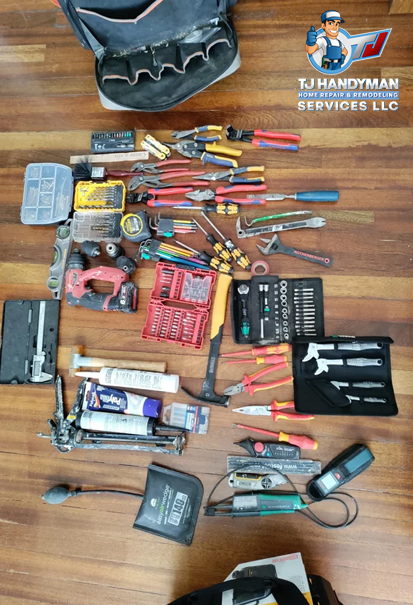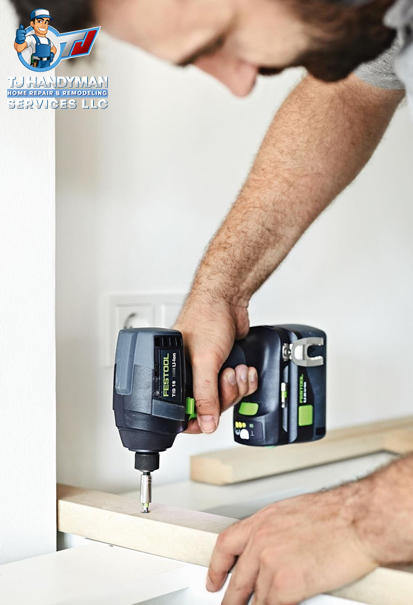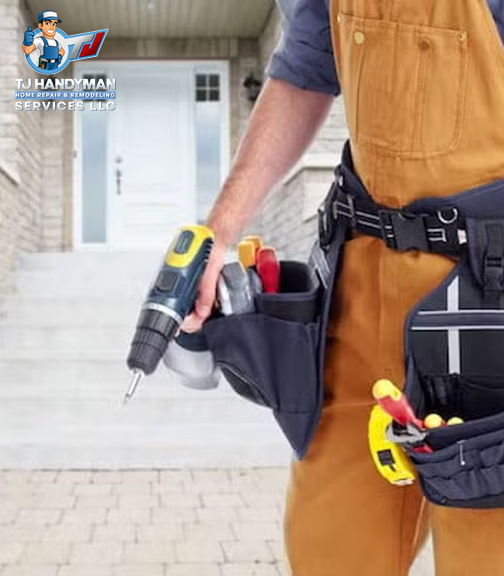Carpentry is a timeless craft that demands precision and skill. But what makes a skilled carpenter truly stand out? It’s the tools they have on hand. In this post, we’ll explore the world of carpenter tools and the must-have tools for every carpenter. Whether you’re just starting with DIY or an experienced carpenter, these must-have tools will help you succeed.
Hand Tools
Measuring and Marking
The foundation of every carpentry project lies in precise measurements and accurate markings. The essential measuring and marking tools are tape measures, carpenter’s squares, and chalk lines. Tape measures come in various lengths and are crucial for accurately measuring short and long distances. A carpenter’s square ensures right angles in your projects, helping you create precise cuts and angles. Chalk lines are used for marking straight lines on surfaces, ensuring that your cuts align perfectly.
Cutting and Shaping
Hand tools for cutting and shaping wood are the bedrock of carpentry. Hand saws, chisels, and coping saws are key tools in this category. Hand saws come in various types, each suited for specific cutting tasks. Chisels are indispensable for shaping wood and creating precise joints, and coping saws are perfect for intricate cuts and curved designs.
Joinery and Fastening
Creating strong and secure joints is fundamental in carpentry. This category includes tools like claw hammers, screwdrivers, and woodworking clamps. Claw hammers are used for driving and removing nails. Screwdrivers are essential for driving screws into wood, and woodworking clamps hold pieces of wood together firmly, allowing the glue to dry and joints to set properly.


Power Tools
While hand tools are the backbone of carpentry, power tools can significantly enhance efficiency and precision.
Cutting Tools
Power tools for cutting include circular saws, jigsaws, and miter saws. Circular saws are versatile and capable of making straight cuts through various materials. Jigsaws excel at making curved cuts and intricate patterns, while miter saws are ideal for precision angle cuts.
Drilling Tools
Drilling holes and driving fasteners are common tasks in carpentry. Cordless drills, brad nailers, and routers are essential in this category. Cordless drills are versatile and used for drilling holes and driving screws with ease. Brad nailers are perfect for attaching thin pieces of wood with minimal marks, and routers are essential for hollowing out areas in wood for intricate designs and patterns.
Sanding and Finishing
Achieving a smooth finish is vital in carpentry. Power tools like orbital sanders, belt sanders, and power paint sprayers can help you achieve a professional look. Orbital sanders are excellent for smoothing surfaces and removing imperfections. Belt sanders are powerful tools for rapid material removal, while power paint sprayers ensure even and efficient paint or finish application.
Safety Equipment
Safety should always be a top priority in carpentry. This section covers personal protective gear and workshop safety measures.
Personal Protective Gear
Your personal protective gear should include:
- Safety Glasses: To protect your eyes from any debris.
- Ear Protection: Safeguard your ears against the noise caused by power tools.
- Dust Mask: Prevent inhalation of wood dust and other particles.
Workshop Safety
Ensure your workshop is safe by having the following:
- Fire Extinguisher: To keep you prepared for an unexpected fire.
- First-Aid Kit: Treat minor injuries promptly.
- Proper Ventilation: Maintain good air quality by ensuring proper ventilation in your workspace.
Tool Maintenance
Regular maintenance is essential to ensure your tools remain in top condition:
Cleaning and Lubricating
Keep your tools clean by:
- Removing sawdust and debris.
- Applying lubricants to moving parts.
- Storing tools in a dry environment to prevent rust.
Sharpening
Sharp tools are safer and more efficient. Learn to sharpen:
- Saw Blades: Maintain their cutting edge.
- Chisels and Plane Irons: Keep them razor-sharp.
Storage Solutions
Invest in tool storage solutions such as:
- Tool cabinets and chests.
- Wall-mounted tool racks.
- Mobile tool carts for easy access.
Signs of Tool Wear and Tear
Regularly inspect your tools for signs of wear and tear, including blunt or damaged blades, rust, or loose parts. Address these issues promptly to maintain tool performance. Look for these signs:
- Blunt or damaged blades.
- Rust or corrosion.
- Loose or wobbly parts.
Consider replacing tools when:
- They no longer perform as intended.
- Repairs are costly or impractical.
- Newer models offer improved features.
Safety Tips For Using Carpentry Tools
Safety should always be a top priority in carpentry. Here are essential safety tips to follow:
- Always read the manufacturer’s instructions for your power tools.
- Wear appropriate safety gear, including safety glasses and ear protection. Ensure your workspace is well-lit to avoid accidents.
- Handle sharp hand tools with care, keeping them sheathed when not in use. Always maintain a firm grip and use proper cutting techniques to prevent accidents.
- Maintain a clutter-free workspace to prevent tripping hazards. Keep fire extinguishers and first-aid kits easily accessible, and educate yourself on emergency procedures.
Budgeting for Tools
Effective budgeting for tools is crucial for both beginners and experienced carpenters. Determine your tool budget by creating a list of essential tools you need. Research prices and brands to allocate funds accordingly. Explore budget-friendly options, such as quality used tools at lower prices and reliable tools from budget-friendly brands, and take advantage of sales, discounts, and promotions to save on purchases.
Quality tools often last longer and provide better results. Consider investing in tools from reputable brands with good warranties. High-quality hand tools, particularly, can last a lifetime with proper care.
Wrapping It Up!
From selecting the right tools to honing your techniques, this comprehensive guide has provided you with the knowledge and understanding needed for a successful carpentry project. But as every piece of wood requires careful shaping and attention to detail, so does every home improvement project. At TJ Handyman, we understand the significance of precision and craftsmanship in every repair and remodeling endeavor. Whether you need minor repairs or extensive renovations, our commitment to quality and attention to detail is unwavering. Don’t hesitate to reach out to us today to discuss your home repair and remodeling needs.




